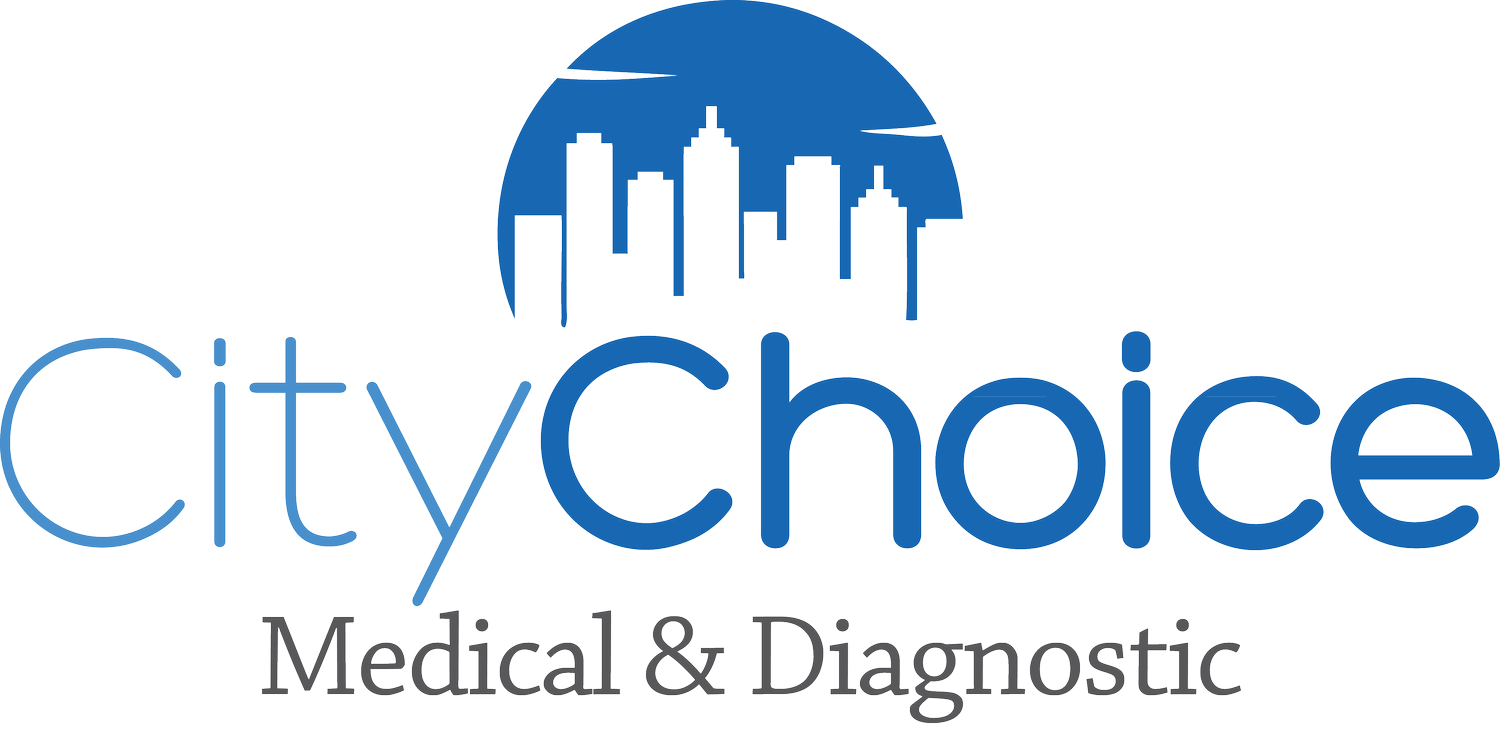Become a Paid Caregiver for a Family Member
Serving as a caregiver for a family member is an extremely rewarding experience. Not only do you get to spend time with your loved one, you also have the opportunity to ensure they receive the best quality care possible. As primary caregiver, you don’t have to worry about outside help that may not be sympathetic or attentive in caring for your loved one.
Step 1: Determine Your Eligibility for Medicaid’s Self-Directed Services Programs
If your loved one is eligible for Medicaid, you may be able to receive financial aid from the Self-Directed Medicaid Services programs. According to Medicaid.gov, states have several options for providing Medicaid enrollees with the option to self-direct Medicaid services under the state plan and waiver programs. This option is available in some form in most states. It is important to note that the names of self-directed services programs vary from state to state. Self-directed services programs provide people with disabilities, including older adult citizens, the option to manage a budget and determine how to use their money to pay for goods and services directly relating to their personal care needs. When enrolled in one of these waiver programs or other self-directed options, program participants may use their allotted budget to hire and pay for caregivers. To determine your family member’s eligibility for self-directed services available in your state, contact your local Medicaid office.
Step 2: Enroll in a Home and Community-Based Services Program
If you are providing care to a family member or friend who needs help with daily activities like eating, walking, or getting out of a chair, you may be able to enroll in an HCBS program. Through the program, you could receive a tax-free stipend, a personal caregiver coach to guide and support you, and access to other resources. The guidance and payments from these programs help reduce financial stress for caregivers like you and help you to provide the best care possible to your loved one. These programs are usually available for people who receive in-home care and are enrolled in Medicaid.
Get paid to care for a parent or loved one. Find out how
Step 3: Determine Whether Your Loved One Is Eligible for Veterans Aid
In the United States, some veterans can enroll in a Veteran Directed Care Program (previously known as Veteran-Directed Home and Community Based Services programs). This program empowers veterans to manage their own care, which may include hiring and paying for in-home caregivers. Another option for veterans who require in-home care is a benefit known as Aid and Attendance. This benefit may be used to cover assisted living, nursing home, and in-home care costs including paying family caregivers.
In many cases, your loved one must need assistance with activities of daily living and fall in line with income and asset guidelines. If you need more assistance in determining your loved one’s eligibility for these veterans benefits, contact your local Veterans Affairs office or your local veterans service organization.
Step 4: Determine Whether Your Loved One Has a Long-Term Care Insurance Policy That Provides for Caregiver Compensation
According to the Family Caregiver Alliance, some long-term care insurance policies do include provisions for paying a family member who provides care. If you can determine whether your loved one has such a policy, you need to find out if caregiver payment is among the benefits. If you need clarification about your loved one’s long-term health insurance policy, contact the agent or the insurance company and ask about the caregiver payment benefit.
It’s vital that you know your loved one’s eligibility for various government programs, insurance policy benefits, employee benefits, and family payment options if you hope to become a paid caregiver for a family member. To help you navigate the options available to you, we’ve put together a step-by-step, state-by-state guide to help you obtain financial assistance for caregiving services.

